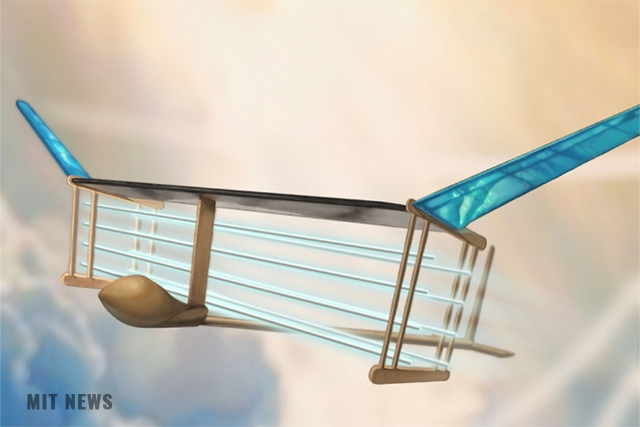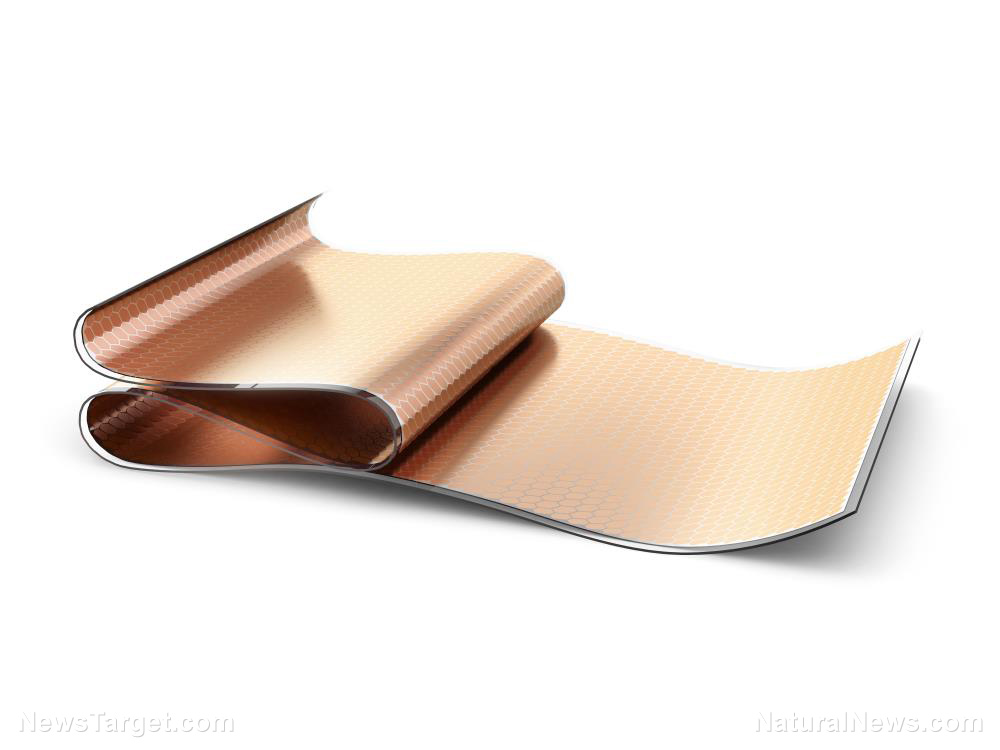Scientists develop a soft wall-climbing robot that can mimic the movements of animals
03/18/2019 / By Edsel Cook

A soft robot from China is the newest creepy-crawly machine that clambers up walls to get at its objective. The very sticky feet of the climbing robot can find purchase on vertical surfaces, and the movements of its synthetic muscles are powered by an electromagnetic effect.
Currently going without a fancy name or acronym, the Chinese machine is the first one ever made by researchers at Shanghai Jiao Tong University (SJTU). They received assistance from American counterparts at the Massachusetts Institute of Technology (MIT), who provided them with technical knowledge and the soft active materials that comprised the chassis of their machine.
The artificial muscles of the new robot are made of elastic polymers, hereby abbreviated as elastomers. The rubbery material can be stretched to a considerable degree, but as long as it is not broken, an elastomer will return to its initial form.
These elastomers also have dielectric properties. If an electric field is applied to them, the muscles will magnetically re-orient themselves in a different way.
In addition, the feet of the robot can adhere to surfaces through electrostatic adsorption. The surface of the material holds a static electric charge that generates an attractive force between its feet and the wall it is clinging to. (Related: AI learns to cut corners by hiding data – modern tech now knows how to LIE and CHEAT.)
Chinese researchers build the first soft robot that can climb walls
Many other robots have already demonstrated the ability to climb sheer-faced walls. However, these preceding designs are all rigid machines. They are made of stiff materials and often use similarly hard stuff for their actuator systems.
The SJTU-designed machine is the first soft robot that uses actuators based on supple organic musculature instead of electric motors or other inflexible systems. It is a tethered unit that saves weight by getting power from an external source via a physical wire, instead of burdening itself with the weight of an internal battery that would also impose a limit on its operating time.
In controlled experiments, the new robot demonstrates its ability to find purchase on walls made of glass, paper, or wood without damaging the flimsier surfaces. It can cover distances equal to 75 percent of the length of its body.
The robot is also capable of more than one means of movement. In addition to climbing vertical surfaces that measure up to 90 degrees, it can also turn itself and crawl in a different direction other than up or down.
This small robot can squeeze through tight spaces while carrying a tiny camera
The wall-climbing robot achieves this impressive mobility through a combination of its artificial muscles, electroadhesive feet, and a control strategy that can coordinate the activities of the previous two systems. The soft body of the robot can speedily deform and reform itself at a regular rate, while its feet could position themselves on different parts of the wall.
If these separate movements are properly synchronized, they ensure the stability of the robot throughout its ascent. Indeed, the robot successfully copied the ability of organic animals to move across vertical surfaces.
Furthermore, the ability of the robot to alter the shape and size of its soft body allows it to squeeze into small spaces. Likewise, it can maneuver within maze-like confines that would trap other robots with more rigid bodies.
It is also strong enough to tote up to 10 g of cargo. SJTU researchers say the machine can be outfitted with a video camera that can send live feedback to users. They are currently working on increasing the autonomous movement of their soft robot.
Sources include:
IMechanica.org [PDF]
Tagged Under: artificial muscles, breakthrough, climbing, climbing robot, cool tech, future tech, innovation, inventions, materials science, robotics, robots, Soft Robotics, soft robots, technology



















